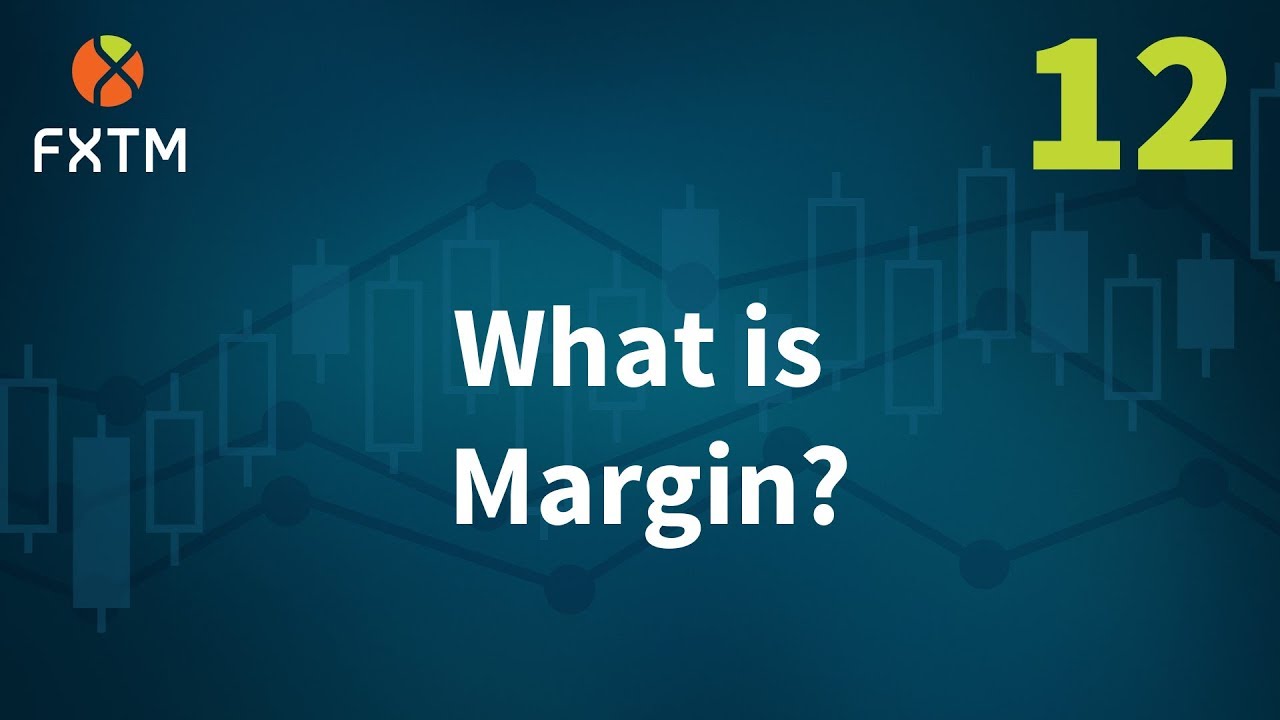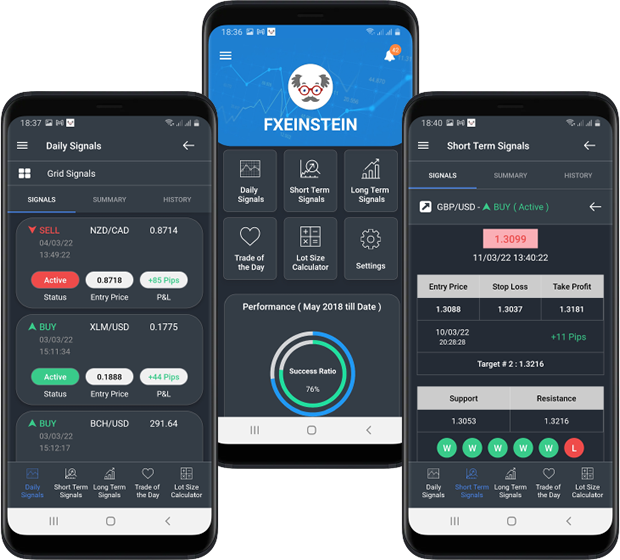
Before you can learn how to read forex charts, it is important that you understand the basic concepts behind these instruments. Forex charts indicate the exchange rates between two currencies. They display the open, close, high, low and close prices. Understanding the relationship between two currencies is key to deciding when to purchase or sell currency. This information is available on a Forex chart. You need to be aware of several things before you can begin reading forex charts. In this article, we will explain each one separately.
Candlestick chart
One of the most common errors traders make when trying to read forex charts is to use the Candlestick chart. There is a reason why candlestick patterns are called Candlestick patterns. A large bullish bar can indicate that buyers have control. The price is likely to rise. The opposite will be true if there is a small bearish line. This is because a bullish line indicates that sellers have control. A bearish bar on the other hand indicates that sellers want to lower the price.

Line chart
A line forex charts presents the same data and information as a candlestick, except that the lines connect different close prices. These charts show a simplified view of price movement but do not offer the same detail as candlestick graphs. While a line chart may not show the exact time when prices increased or decreased, it is helpful to be able to read them. Here are some tips.
Point-and figure chart
First, choose the time frame and size of your data to create a Point-and Figure forex chart. You can choose to plot X, or O for any price movement exceeding 100 pips. A day's high/low can also be used to determine the time frame. There are many types and variations of Point and Figure charts. Below are the most used.
SMA
Moving averages are used to indicate trend changes and smooth out daily fluctuations. A rising SMA signals an uptrend while a falling SMA suggests a downward trend. Analysts can also tie the trend to the close price. If the price is below the SMA, it would be considered a bearish sign. The SMA's length depends on your trading style, time frame and trading style.

Bollinger bands
This article will show you how to read Bollinger Bands on forex charts. This indicator gives traders unique insights into volatility and prices. It's a powerful tool that can be used to both follow trends and determine the entry point or exit point for trades. However, you should use it with caution as it can be misleading. This easy method will teach you how to read Bollinger Bands and Forex charts.
FAQ
Why is a stock called security.
Security is an investment instrument whose worth depends on another company. It may be issued by a corporation (e.g., shares), government (e.g., bonds), or other entity (e.g., preferred stocks). If the underlying asset loses its value, the issuer may promise to pay dividends to shareholders or repay creditors' debt obligations.
What is a Mutual Fund?
Mutual funds can be described as pools of money that invest in securities. Mutual funds provide diversification, so all types of investments can be represented in the pool. This helps reduce risk.
Professional managers are responsible for managing mutual funds. They also make sure that the fund's investments are made correctly. Some funds permit investors to manage the portfolios they own.
Because they are less complicated and more risky, mutual funds are preferred to individual stocks.
What is the trading of securities?
Stock market: Investors buy shares of companies to make money. Investors can purchase shares of companies to raise capital. Investors then resell these shares to the company when they want to gain from the company's assets.
The supply and demand factors determine the stock market price. If there are fewer buyers than vendors, the price will rise. However, if sellers are more numerous than buyers, the prices will drop.
You can trade stocks in one of two ways.
-
Directly from your company
-
Through a broker
How do I invest in the stock market?
You can buy or sell securities through brokers. Brokers can buy or sell securities on your behalf. Trades of securities are subject to brokerage commissions.
Banks are more likely to charge brokers higher fees than brokers. Banks will often offer higher rates, as they don’t make money selling securities.
An account must be opened with a broker or bank if you plan to invest in stock.
Brokers will let you know how much it costs for you to sell or buy securities. This fee is based upon the size of each transaction.
Ask your broker about:
-
You must deposit a minimum amount to begin trading
-
How much additional charges will apply if you close your account before the expiration date
-
What happens if you lose more that $5,000 in a single day?
-
How long can positions be held without tax?
-
How you can borrow against a portfolio
-
Whether you are able to transfer funds between accounts
-
What time it takes to settle transactions
-
The best way to sell or buy securities
-
How to Avoid Fraud
-
How to get assistance if you are in need
-
whether you can stop trading at any time
-
If you must report trades directly to the government
-
If you have to file reports with SEC
-
What records are required for transactions
-
whether you are required to register with the SEC
-
What is registration?
-
How does this affect me?
-
Who is required to be registered
-
When do I need registration?
What is the difference of a broker versus a financial adviser?
Brokers are people who specialize in helping individuals and businesses buy and sell stocks and other forms of securities. They take care of all the paperwork involved in the transaction.
Financial advisors have a wealth of knowledge in the area of personal finances. They are experts in helping clients plan for retirement, prepare and meet financial goals.
Financial advisors can be employed by banks, financial companies, and other institutions. They could also work for an independent fee-only professional.
You should take classes in marketing, finance, and accounting if you are interested in a career in financial services. It is also important to understand the various types of investments that are available.
Statistics
- Our focus on Main Street investors reflects the fact that American households own $38 trillion worth of equities, more than 59 percent of the U.S. equity market either directly or indirectly through mutual funds, retirement accounts, and other investments. (sec.gov)
- US resident who opens a new IBKR Pro individual or joint account receives a 0.25% rate reduction on margin loans. (nerdwallet.com)
- Individuals with very limited financial experience are either terrified by horror stories of average investors losing 50% of their portfolio value or are beguiled by "hot tips" that bear the promise of huge rewards but seldom pay off. (investopedia.com)
- The S&P 500 has grown about 10.5% per year since its establishment in the 1920s. (investopedia.com)
External Links
How To
How to open a Trading Account
Opening a brokerage account is the first step. There are many brokers on the market, all offering different services. There are many brokers that charge fees and others that don't. Etrade, TD Ameritrade Fidelity Schwab Scottrade Interactive Brokers are some of the most popular brokerages.
Once you've opened your account, you need to decide which type of account you want to open. One of these options should be chosen:
-
Individual Retirement Accounts (IRAs)
-
Roth Individual Retirement Accounts (RIRAs)
-
401(k)s
-
403(b)s
-
SIMPLE IRAs
-
SEP IRAs
-
SIMPLE 401(k)s
Each option has its own benefits. IRA accounts offer tax advantages, but they require more paperwork than the other options. Roth IRAs are a way for investors to deduct their contributions from their taxable income. However they cannot be used as a source or funds for withdrawals. SIMPLE IRAs can be funded with employer matching funds. SEP IRAs work in the same way as SIMPLE IRAs. SIMPLE IRAs have a simple setup and are easy to maintain. They enable employees to contribute before taxes and allow employers to match their contributions.
The final step is to decide how much money you wish to invest. This is known as your initial deposit. Most brokers will offer you a range deposit options based on your return expectations. You might receive $5,000-$10,000 depending upon your return rate. This range includes a conservative approach and a risky one.
After you've decided which type of account you want you will need to choose how much money to invest. Each broker will require you to invest minimum amounts. These minimums can differ between brokers so it is important to confirm with each one.
Once you have decided on the type of account you would like and how much money you wish to invest, it is time to choose a broker. Before choosing a broker, you should consider these factors:
-
Fees: Make sure your fees are clear and fair. Many brokers will offer trades for free or rebates in order to hide their fees. However, some brokers raise their fees after you place your first order. Avoid any broker that tries to get you to pay extra fees.
-
Customer service: Look out for customer service representatives with knowledge about the product and who can answer questions quickly.
-
Security - Select a broker with multi-signature technology for two-factor authentication.
-
Mobile apps - Find out if your broker offers mobile apps to allow you to view your portfolio anywhere, anytime from your smartphone.
-
Social media presence: Find out if the broker has a social media presence. If they don’t, it may be time to move.
-
Technology - Does the broker utilize cutting-edge technology Is the trading platform user-friendly? Are there any issues with the system?
Once you've selected a broker, you must sign up for an account. Some brokers offer free trials. Other brokers charge a small fee for you to get started. After signing up, you'll need to confirm your email address, phone number, and password. Next, you'll need to confirm your email address, phone number, and password. You'll need to provide proof of identity to verify your identity.
Once verified, your new brokerage firm will begin sending you emails. You should carefully read the emails as they contain important information regarding your account. The emails will tell you which assets you are allowed to buy or sell, the types and associated fees. Be sure to keep track any special promotions that your broker sends. You might be eligible for contests, referral bonuses, or even free trades.
Next, you will need to open an account online. An online account is typically opened via a third-party site like TradeStation and Interactive Brokers. Both websites are great resources for beginners. When opening an account, you'll typically need to provide your full name, address, phone number, email address, and other identifying information. After this information has been submitted, you will be given an activation number. To log in to your account or complete the process, use this code.
Now that you've opened an account, you can start investing!